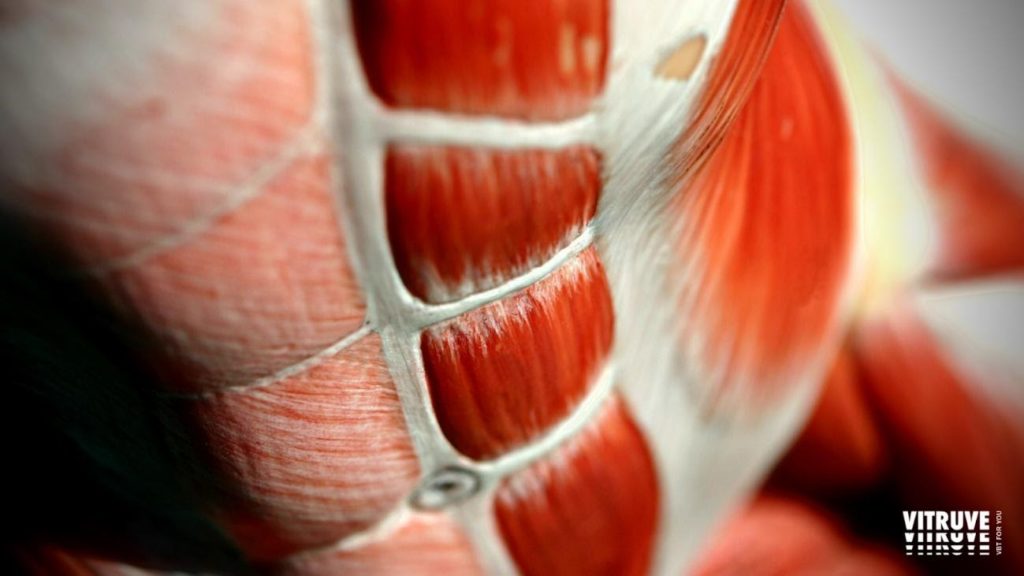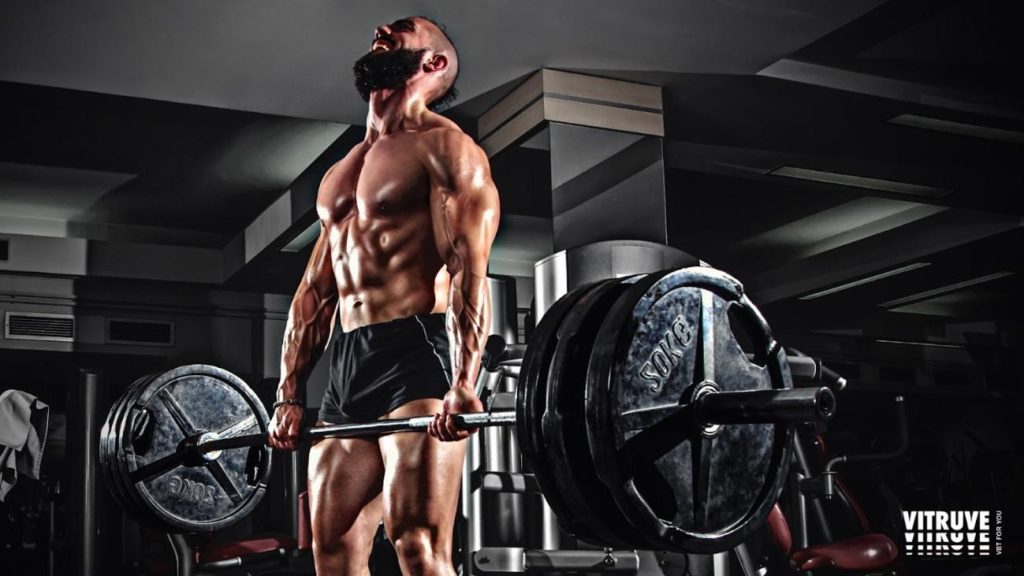9 de December de 2021
Core Training Definition And Performance
Quick Overview: The “core area” of the body is the area that represents the body’s center of gravity and ensures the stability of movement. It includes the skeletal, ligamentous, and muscular parts from the diaphragm to the pelvis. The bone architecture of the spine, ribs and diaphragm, the connecting ligaments, and the thoracolumbar fascia are considered to be the passive components of the core area. Without the active support of the muscles, these parts become unstable with relatively low forces. Thus, these muscles have the largest share of core stability.
What is Core training?
Core training refers to the targeted strengthening of the core muscles. These are mainly the straight and lateral abdominal muscles and the back muscles. The muscles support and protect the spine. It also connects the upper and lower body. A strong core is essential for a healthy body. Back pain in particular can be brought under control with core training.
Even a small amount of muscle strength has a great effect. Intra-abdominal pressure increases the general strength of the trunk and thus promotes stability. This is achieved primarily by contracting the abdominal muscles. Furthermore, recent studies show that the diaphragm and the often misunderstood pelvic floor muscles are also involved in this mechanism.
The contraction of these muscles occurs before any movement in the limbs is initiated. This prepares the trunk for use. It is interesting that activation of these muscles only 5–10% more is sufficient to strengthen the spine for activities in daily living as well as for heavy work.
Which muscles belong to the Core?
In the human body, the core is the core. The muscles belonging to the core are the muscles surrounding this core. The abdominal muscles and the back muscles, but also parts of the gluteal and thigh muscles, are decisive here. In addition to stabilizing the spine, the main function of the core muscles is to transmit power between the upper and lower body.

The muscles that contribute to core stability in specific are the transverse abdominis, multifidus, internal and external obliques, erector spinae, diaphragm, pelvic floor muscles, and your abs, the rectus abdominis. Your minor core muscles include your lats, traps, and your glutes. The large, superficial abdominal and hip muscles are the driving forces behind the trunk complex. They make the greatest contribution to sufficient strength of the hips and torso to counteract external forces acting on the body. But the smaller, intrinsic muscles along the spine also contribute to the stability and rotation of the spine.
Who can benefit from Core training?
Core training is for everyone! Strengthening the body’s own stabilizing muscles not only improves an athlete’s performance but also helps in daily work. Bending, grasping, and turning are movements that we perform on a daily basis. The last thing everyone wants, even hard training athletes, is their back sprain while lifting something off the floor. It can happen, but if the core is kept strengthened, the likelihood of an injury being caused by an everyday task is much lower.
How do you train the Core?
The best way to train the core is to use a mixture of dynamic and isometric exercises for the abdominal muscles, back muscles, and glutes. Different rep ranges should be used and trained both with and without weight. Origin of core training.
In contrast to other sports, core training through velocity based training does not only involve simple stretching and bending movements. Instead, sit-ups & Co. are integrated into special movement sequences within an exercise. As mentioned, the following muscle groups are central to core training. (Back muscles, abdominal muscles, hamstrings, glutes, hip rotators). Exercises in the area of core training can best be done with your own body weight. This variant is particularly suitable for beginners and seniors and can be carried out both in the gym and at home without any problems.
How often do Core training?
Depending on the extent and load, the core can theoretically be trained every day. However, the total volume of training should be kept in mind. It may also make sense to take a one to two-day break from core training to give the body the opportunity to recover. Before days with heavy loads (squats, deadlifts, etc.), it often makes sense not to train the core so that you are fresh for the exercises the next day.
Core training and performance
Almost every athlete, especially, bodybuilders need a strong core. Heavy squats, deadlifts, and barbell rows give the core a challenging workout, but additional abdominal and incline training helps to reduce the injury factor. Dealing with the heavyweights necessary to bulk build requires a very strong midsection. Having great core strength and control can allow you to generate more power and apply more power to any task you want to accomplish.

Recent research shows that both male and female athletes need to prioritize loaded, compound exercises such as squats, deadlifts, and pull-ups while also training isolated core stability exercises such as the plank and the rotational throw with a medicine ball to improve athletic performance.
The additional benefit of including a new and challenging workout in your routine can improve your overall progress by providing new impulses and thereby also getting additional motivation. When training is stuck in the doldrums, focusing on exercises for the upper body is a great way to rekindle the excitement. You can use a Vitruve encoder to know how you are executing each of the repetitions.
Final words
We all need core strength for an upright posture and for everyday activities. For athletes who push their physical limits, the core section is a stable support corset that delivers the strength to the extremities and enables the smaller distal muscles to work precisely. An experienced athlete who performs the basic exercises in his training plan, the core training can be a supplement to the otherwise very one-dimensional training.
The training of mobility and coordination can represent particular advantages. Core training improves strength in certain muscle areas, which can also lead to a build-up of muscles. These increases are usually only small, but can support your main training very efficiently!

